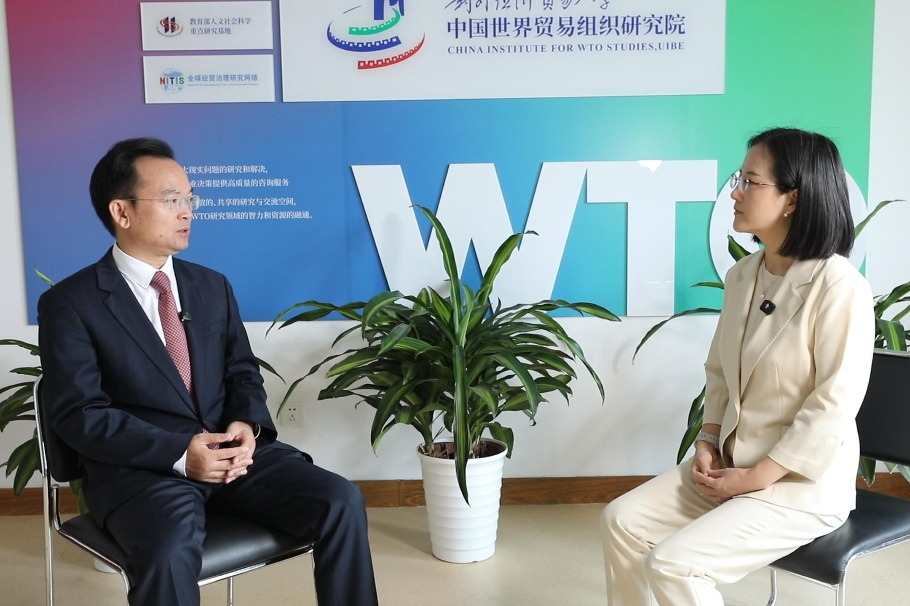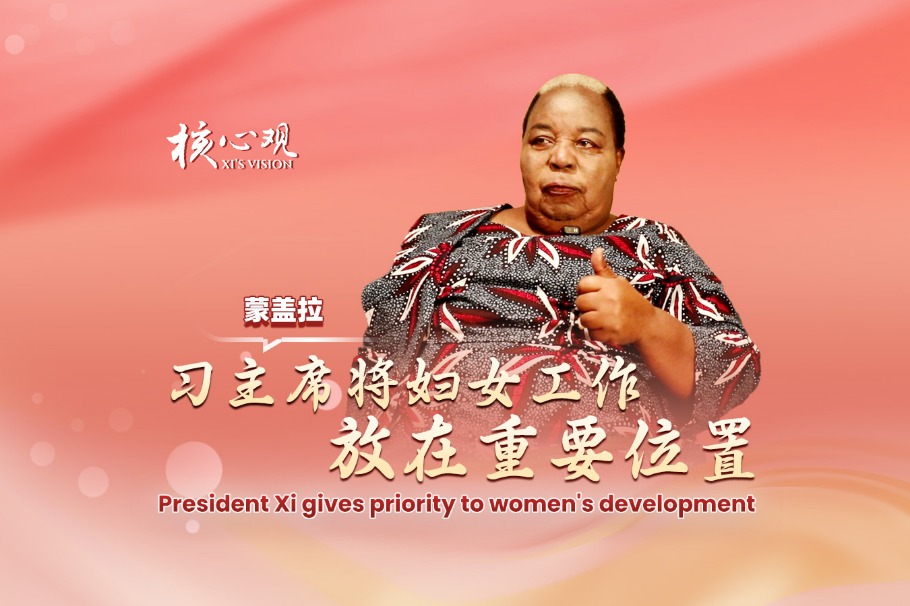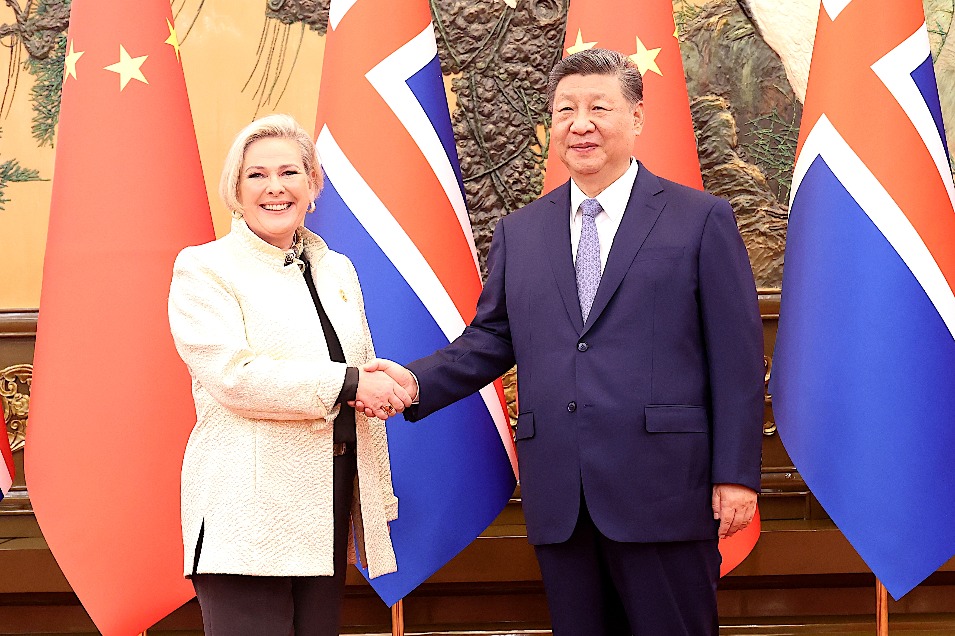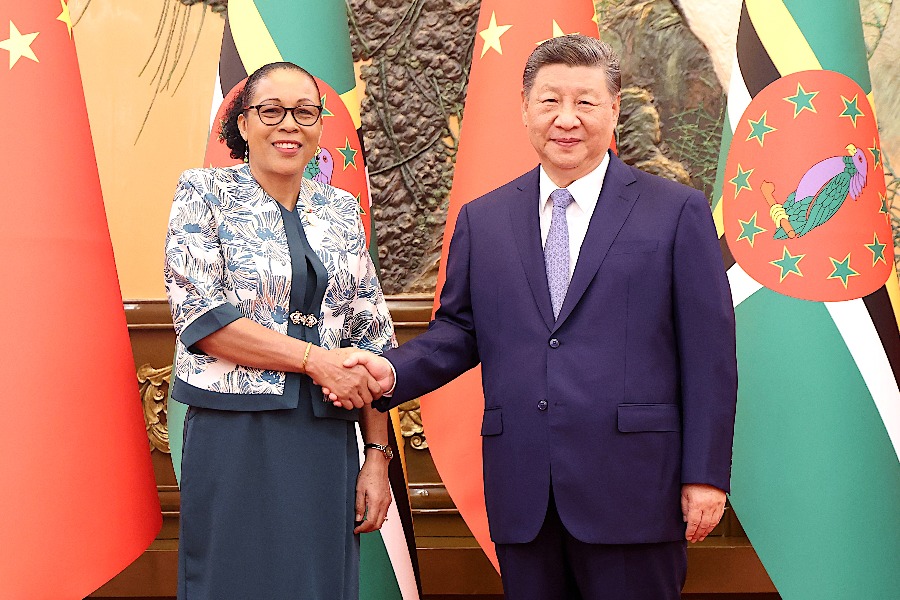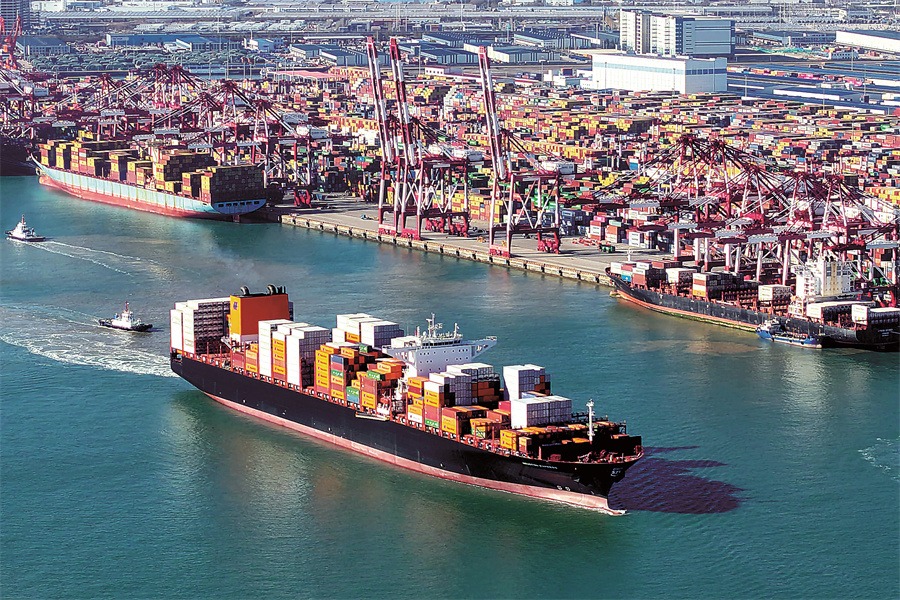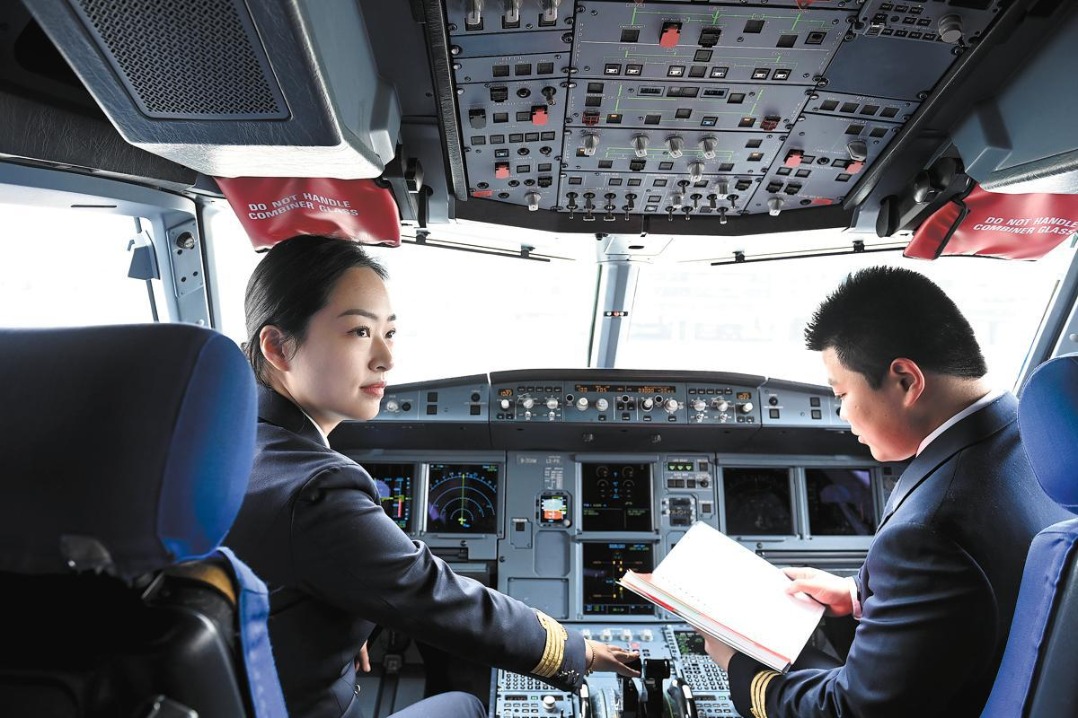Steady trade growth indicative of resilience: China Daily editorial

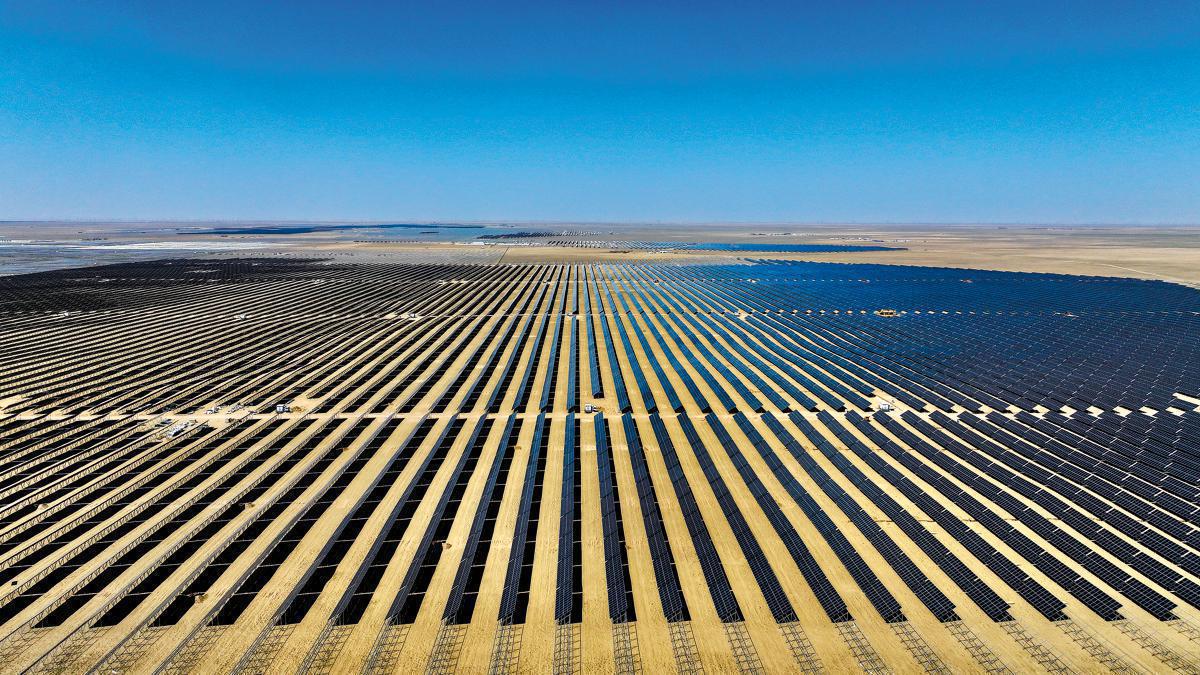
The latest data from the General Administration of Customs of China serves as a testament to the enduring strength and dynamism of the Chinese economy. In the first three quarters of this year, China's total value of goods exported and imported expanded by 4 percent year-on-year, with exports posting a particularly robust increase of 7.1 percent. This strong performance is the result of strategic foresight, industrial upgrading and a steadfast commitment to high-quality development.
Behind the steady growth lies the upgrading of China's trade composition. The strong performance of the "new three" industries — electric vehicles, lithium-ion batteries, and solar panels — demonstrates that the strategic pivot toward high-tech, high-value-added manufacturing is bearing fruit.
China's export basket reflects the forefront of the global green transition and digital transformations, positioning China at the vanguard of the industries of the future. This has enhanced the competitiveness and resilience of the country's foreign trade, insulating it from volatile commodity cycles.
The 4 percent growth in trade tells an equally important story: the rise of domestic consumption. As China continues to develop its vast internal market, it is creating immense opportunities for trading partners worldwide. From agricultural produce to high-end consumer goods, China's growing appetite for imports is becoming a powerful engine of global demand — contributing to the prosperity of economies across Asia, Africa, and the Americas.
At this time of profound global economic uncertainty, China's optimizing of its foreign trade structure is not merely a domestic success story, it is also a vital anchor for worldwide economic stability.
This narrative of trade resilience is gaining increasing recognition internationally. The World Bank, in its recently released report on East Asia and Pacific's economic prospects, revised upward its forecast for China's economic growth this year — from 4 percent to 4.8 percent. The adjustment represents not only confidence in China's macroeconomic stability but also recognition that the country's high-quality transition is proceeding on a stable and sustainable path.
Still, there is no denying that this is a critical juncture for China. Successfully meeting the challenge of transitioning away from its reliance on real estate and debt-intensive infrastructure investment is essential for the long-term vitality of the Chinese economy. The success of this transition is crucial not only for China's own stability but also for the entire East Asia and Pacific region, for which China remains the principal growth engine.
Rebalancing an economy of China's size and complexity is no easy task. The external environment is also complicated by geopolitical tensions and protectionist headwinds. Yet these are transitional challenges, not structural flaws. The data from the first three quarters send a clear message: China is navigating this economic transformation with confidence and resilience.
The dual drivers of a modernized, high-tech export sector and an expanding, consumption-driven domestic market are steadily emerging as the new engines of growth. At the same time, the government's consistent emphasis on reform and opening-up, technological innovation, and sustainable development is ensuring that China's economic fundamentals remain sound.
Nevertheless, stronger support should be given to enterprises shifting from exports to domestic sales, with a focus on financial support; and continued efforts should be made to secure more export markets so as to put the country's trade eggs in more baskets. With the full implementation of various support policies, downward pressure on China's exports in the fourth quarter will be manageable, and employment in the foreign trade sector is expected to remain stable.
Looking ahead, China's policy priorities are clear: it must deepen its industrial upgrading, stimulate household demand, foster innovation, and expand international cooperation. By continuing to open its market and invest in the industries of tomorrow, China is creating conditions for both domestic stability and global recovery.
The broader message is unmistakable. China's steady trade growth is not just a reflection of short-term momentum — it is evidence of a long-term structural shift toward quality and sustainability.
The path of rebalancing is the path to a stronger, more balanced, and sustainable tomorrow — one in which China's success continues to generate confidence and opportunities for the world.

















